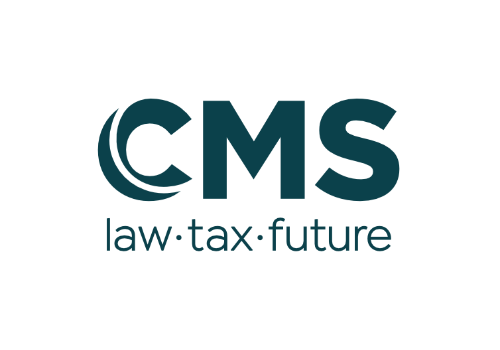Despite the war with Russia, Ukraine works harder than ever to align its legislation with that of the EU, in a bid to accelerate the EU membership. In a long-awaited move, on 28 July 2022 Ukraine finally adopted the new Law on Medicines (Law) with a view of harmonising the Ukrainian pharmaceutical regulation and governance with the EU approaches. The Law is an overhaul of the Ukrainian pharmaceutical legislation, with substantial changes across most (if not all) areas of regulation (i.e. R&D, manufacturing, authorisation, circulation, licensing, state surveillance, promotion, etc.). The Law will enter into force gradually, with sufficient time for all market players to become fully prepared.
Background
The current outgoing law on medicines was adopted in 1996. While this law was amended numerous times, for more than a decade there have been discussions among public and private stakeholders (but little political will) that cosmetic changes are not enough, and an overhaul of pharmaceutical legislation is needed.
The sponsors of the newly adopted Law submitted the draft to the parliament in May 2021, following years of work and exchanges between public stakeholders and the industry with the aim of preparing a viable first draft of the new law. Following the draft’s adoption by parliament in the first reading in September 2021, it was substantially updated to reflect industry feedback. The consensus is that the new Law is an example of successful cooperation between the public and private sectors.
CMS Ukraine Life Sciences team significantly contributed to the drafting of the Law as part of the consortium of experts in the EBRD-supported project to align Ukrainian pharmaceutical legislation with EU norms.
Key changes
Key changes introduced by the Law include the following:
- Aligning authorisation procedures with the EU law. The law will align requirements for timeframes, the type and substance of authorisation procedures, and introduce the eCTD authorisation dossier format.
- Tightening requirements for marketing authorisation holders (MAH). In most (though not all) cases, the MAH will have to be a resident of Ukraine, the EU or an EEA EFTA country. If not a resident of Ukraine, the MAH must appoint a Ukrainian representative for regulatory purposes. There are exceptions to the rule for some categories of medicines (e.g. orphan, innovative medicines, vaccines, etc.). Furthermore, the role of MAH has been revised with added responsibility for promotional activities vis-a-vis a medicine.
- Harmonising clinical trial requirements with the EU framework. The Law differentiates between interventional, low-intervention and non-interventional clinical trials. It also aligns the requirements for ethical review of studies with EU regulations, and improves the requirements for liability insurance for study sponsors in clinical trials.
- Tightening requirements for import of investigational medicinal products (IMP), and circulation of active pharmaceutical ingredients (API). The Law introduces a licensing requirement for import of investigational medicinal products (IMP). Entities engaged in manufacturing, import and supply of API must register with the regulator and be subject to detailed API operational requirements.
- Simplifying medicine imports from EU/EEA EFTA countries (including IMPs). Imports of medicines from these countries will be treated as distribution within Ukraine (i.e. no separate import licence will be required; a Ukrainian distribution licence will suffice).
- Authorising parallel medicine imports from EU/EEA EFTA and potentially other countries. While declared to be aimed at improving patient access to medicines, this mechanism may need additional reworking to be functional and avoid uncontrolled inflow of substandard medicines.
- Laying down a comprehensive legal framework for combatting falsification of medicinal products. The Law introduces a national medicines verification system to be built around the EU model and facilitates law enforcement and the capture of non-authorised medicines by incorporating a new definition of falsified medicines aligned with EU rules. Unlike the old law, the new Law provides for a comprehensive distinction between legal and illicit activities with medicines and API, giving hope for the creation of more efficient enforcement against illicit trade in the pharma sector in the future.
- Authorising compassionate and off-label use of medicines. While the extensive regulation of off-label use of medicines is something new in the Ukrainian legislation, the Law “inherits” the effective compassionate use mechanism contained in the current law on medicines.
- Regulating the promotion of medicines to healthcare professionals (HCPs) in line with EU requirements. The Law lays down the basic rules for interactions between the industry and HCPs, including permitting a limited supply of samples and reimbursement of reasonable expenses for HCPs attending medical events sponsored by pharmaceutical companies.
- Changing governance. All key functions in the pharmaceutical regulation (currently divided between the MoH, State Expert Centre of MoH, and State Administration of Ukraine for Medicines and Narcotics Control) will be vested in one regulatory body to be newly established based on the latter. The MoH will remain the policy maker, and will play a new role as arbiter in administrative appeal procedures for decisions taken by the new regulatory body. The single regulatory body will also be responsible for medical devices and cosmetics.
Timeline
Given the magnitude of the changes, the Law has a deferred entry into force. Most provisions will enter into force within 30 months following the end of martial law. The remaining key provisions are scheduled to enter into force as follows:
- the requirement to submit authorisation documents in the eCTD format – on 18 August 2025;
- the requirement for licensing imported IMPs and the registration of entities engaged in import, manufacturing and wholesale trade of APIs – on 1 January 2028,
- the launch of the national system for verifying medicines – on 1 January 2028, but not earlier than 60 months following the end of the martial law.
Medicines registered in Ukraine before 18 August 2022 may be put on the market in line with the previous legislation until 18 August 2027 and can remain in circulation until their expiration.
MAHs must make registration materials, labelling, and packaging for their medicines compliant with the law within five years from its entry into force.
The Law is an important and comprehensive document, and this article does not cover all of its new features. To offer readers a detailed analysis of what the Law brings to the table, CMS Ukraine Life Sciences team will prepare coverage of the key topics of the Law (i.e. governance, clinical trials, authorisation, licensing, non-registered medicines, state surveillance, etc.), one topic per article, over the next year. Stay tuned for more updates.

























